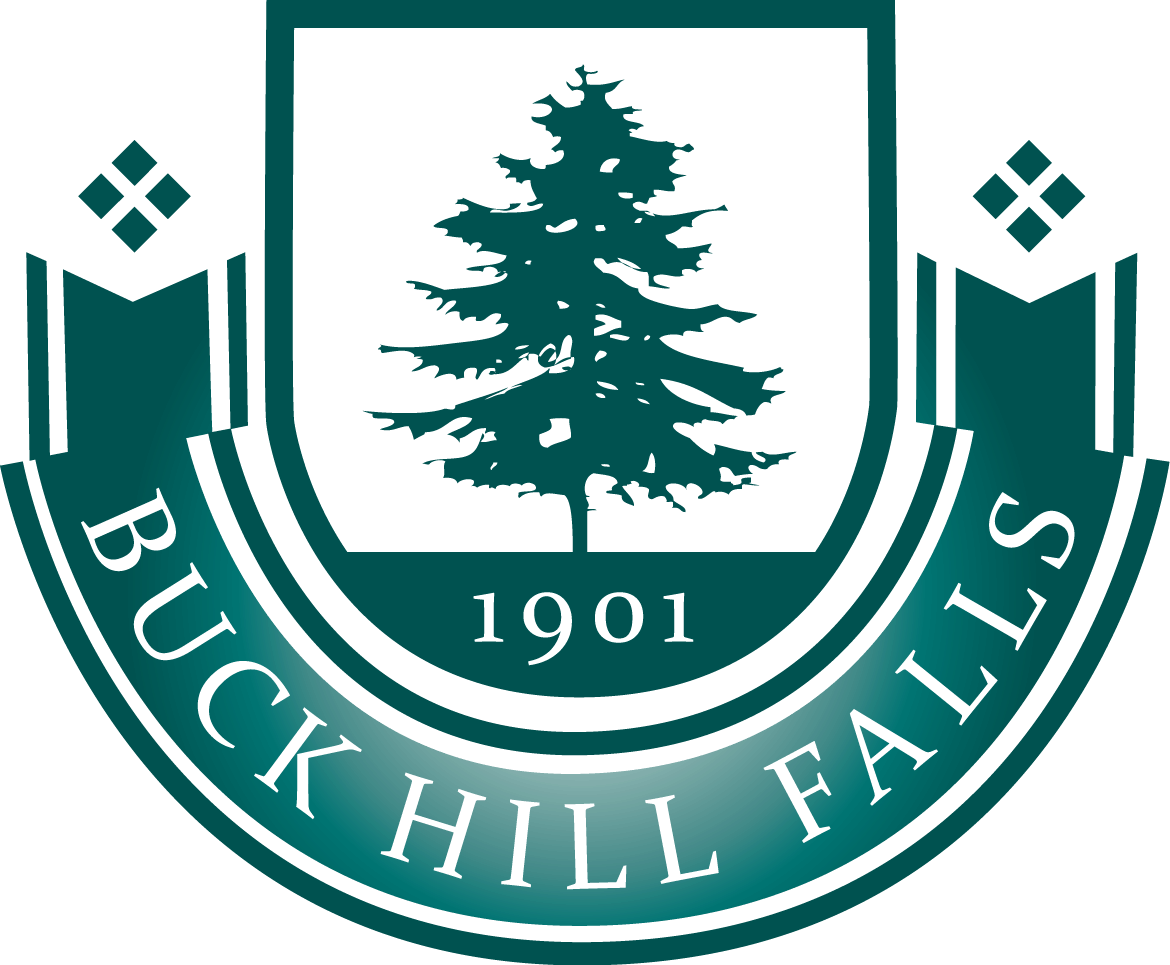History
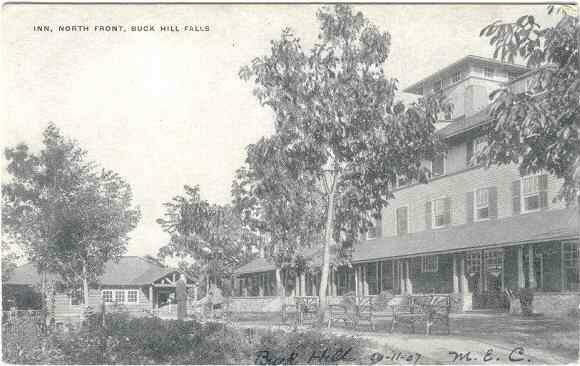 | 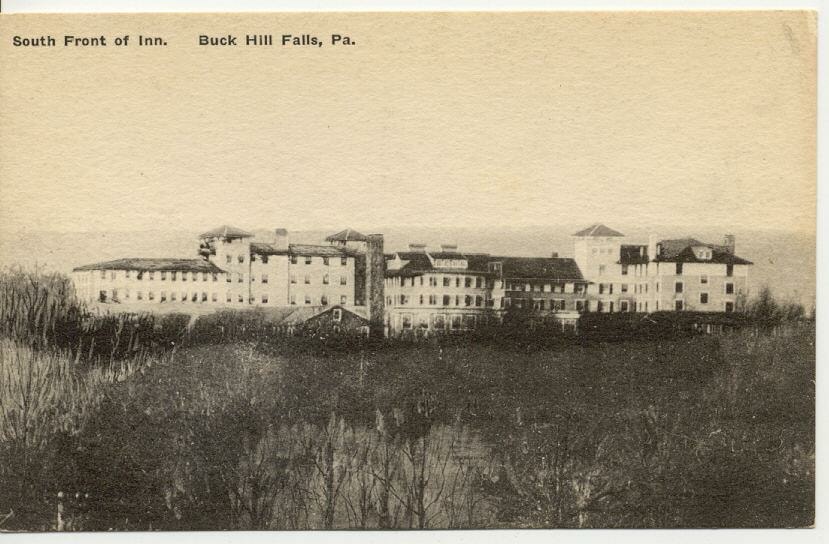 | 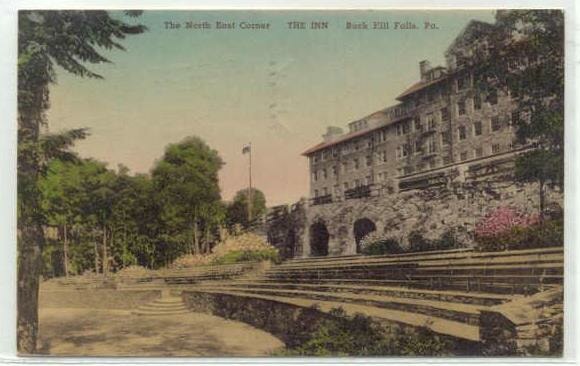 | 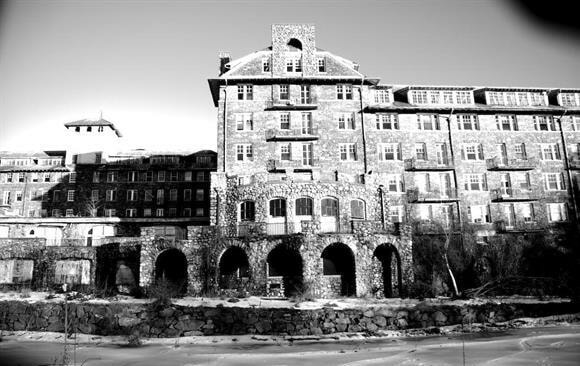 |
In 1900, Samuel E. Griscom, a Philadelphia Quaker, inherited the Buck Hill property from his father. Samuel sought out his longtime friend Howard Jenkins, editor of the Friends’ Intelligencer Newspaper, to inspect the wild land for him. Samuel envisioned the property as a quiet mountainous getaway from city life.
Jenkins left for Buck Hill with his sons Charles, Arthur, and Edward along with Henry T. Paiste to visit the wilderness. The pioneers journeyed to this vast property of noble hemlock, flowering rhododendron, rugged grey boulders, fresh mountain air, and tumbling, ever-flowing waters. They were convinced its unique charm and scenic beauty were magical, and began sharing ideas, stories, and possibilities for the future. From that moment, their lives would never be the same.
In less than a year, the first 43 lots in Buck Hill Falls were developed and sold, primarily to Quaker Friends. Soon after, the families of well-to-do New Yorkers also joined the community. These early Buck Hill Falls residents were a sophisticated, educated, and nature-loving group, devoted hikers and eager picnickers who relished the splendid forests and sparkling streams. From the beginning, they dedicated themselves to not only enjoying but also enhancing their recreational options.
The energetic Buck Hillers established a library right away. They created an adult nature club, then another for children with canoeing, hiking, and nature lessons. Other facilities followed: a golf course (1907), a swimming pool (1908), and tennis courts (six by 1913). Buck Hill Falls was one of the first resorts in the area to offer winter sports, including skiing and tobogganing, in 1913. Horseback riding arrived in 1922. Nine years later, 1931 saw the introduction of Lawn Bowling, one of our enduring perennial traditions.
THE INN AT BUCK HILL FALLS
The Inn was built in 1901 as a 20-room hotel with neither private baths nor heat, and lit only by kerosene lamps. Its simplicity appealed to our Quaker founders.
Over the years, the Inn grew in popularity and in size. A new stone structure was built in 1926 and ultimately offered over 400 guest rooms. Resort amenities included an indoor swimming pool with a retractable glass roof, fine and casual dining spaces, live music, and an enormous covered porch with spectacular views of the Pocono mountains.
The Inn was closed in 1990 and demolished in 2016.
The site is now a grassy field. One iconic architectural element remains as a memorial of its grand history, and as a gathering place for the community that still thrives here.
BUCK HILL TODAY
Today, Buck Hill Falls is a true year-round resort and home community. Its 4500-acre property boasts a 27-hole golf course with a clubhouse, a tennis center with ten Har-Tru courts, an Olympic-size outdoor pool, championship lawn bowling greens, and miles of nature trails.
Many of the special and cultural activities begun by the early residents are still popular: the Buck Hill Art Association, which provides classes and exhibitions; the Buck Hill Conservation Foundation, a nature group for preservation activities; and the Foxhowe Association, sponsors of a fascinating series of weekly concerts, informative talks, and other culturally enriching presentations from acclaimed individuals.
Highly valued traditions, such as the Fourth of July parade, Holiday caroling, and Thanksgiving dinners, are special family-centered events uniquely celebrated in the community every year.
